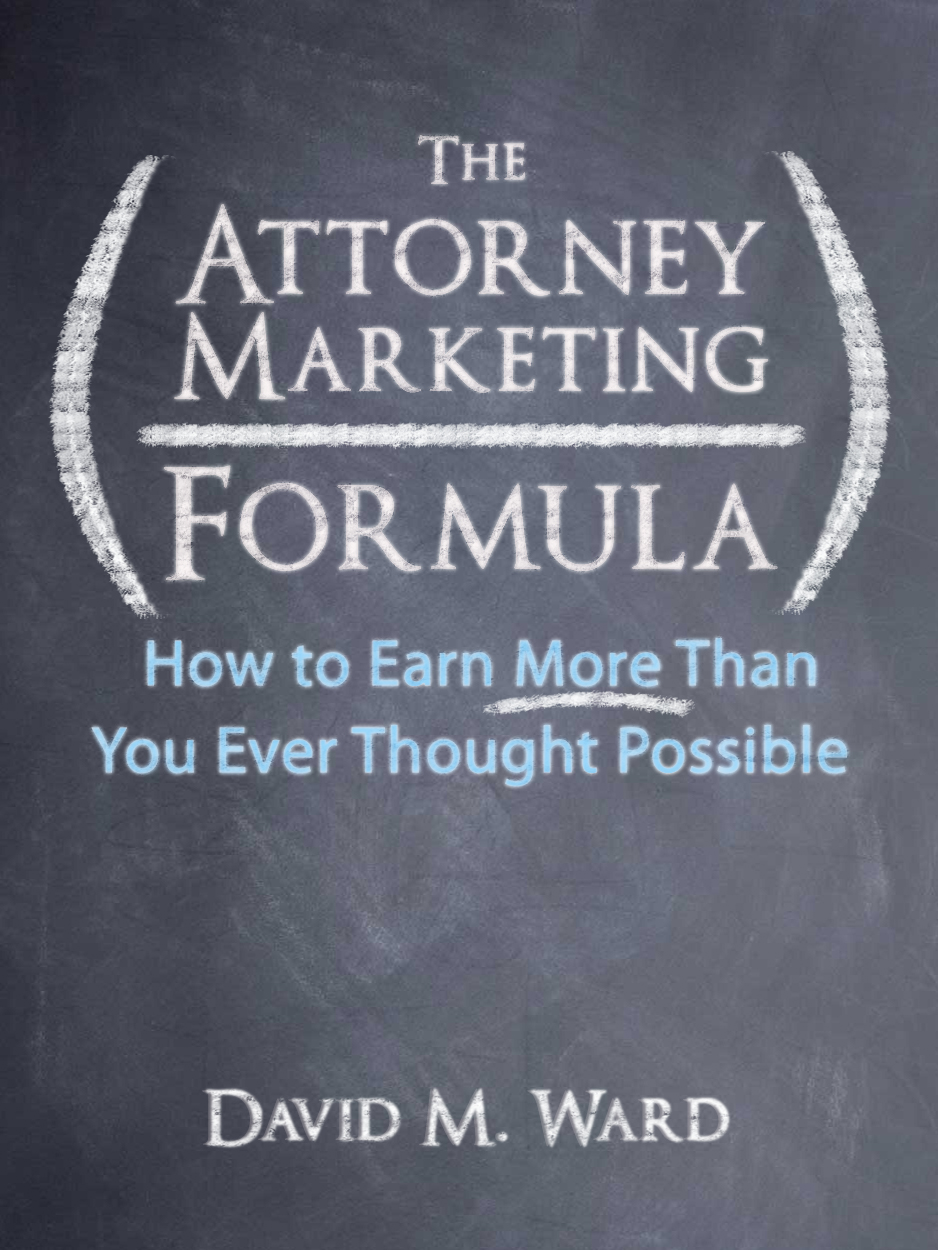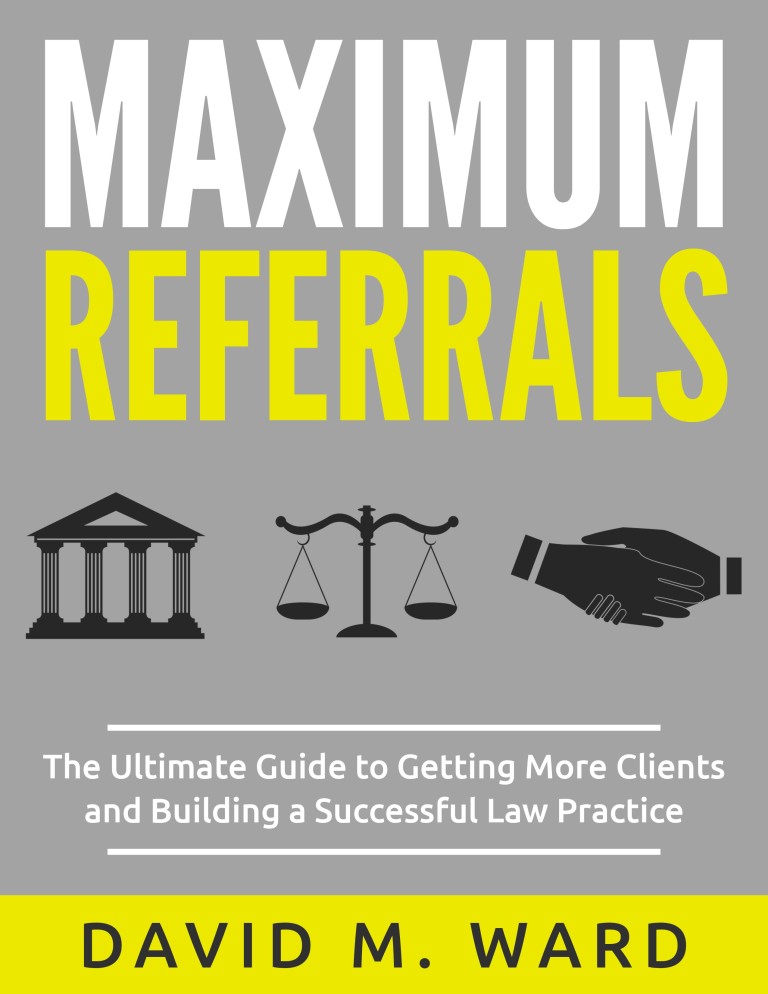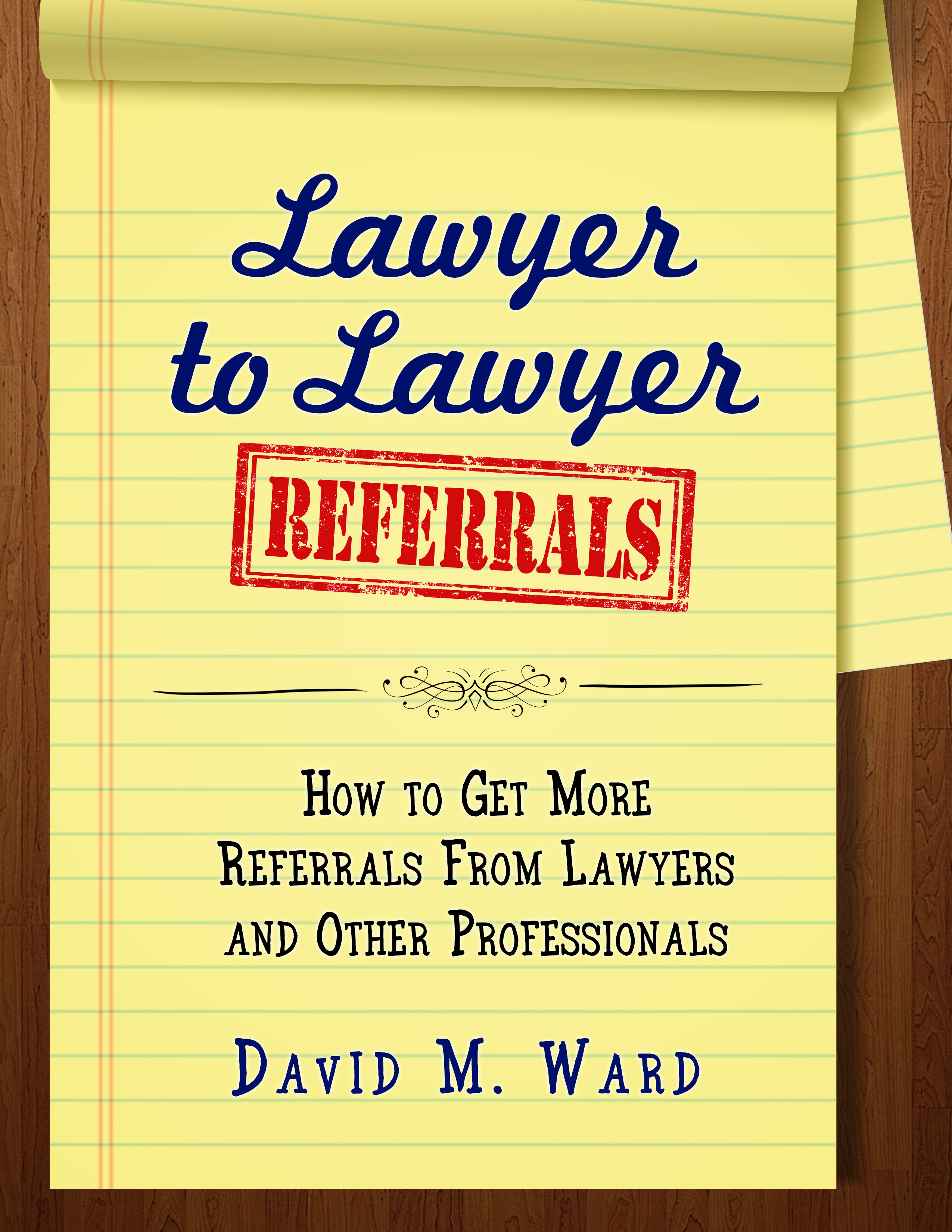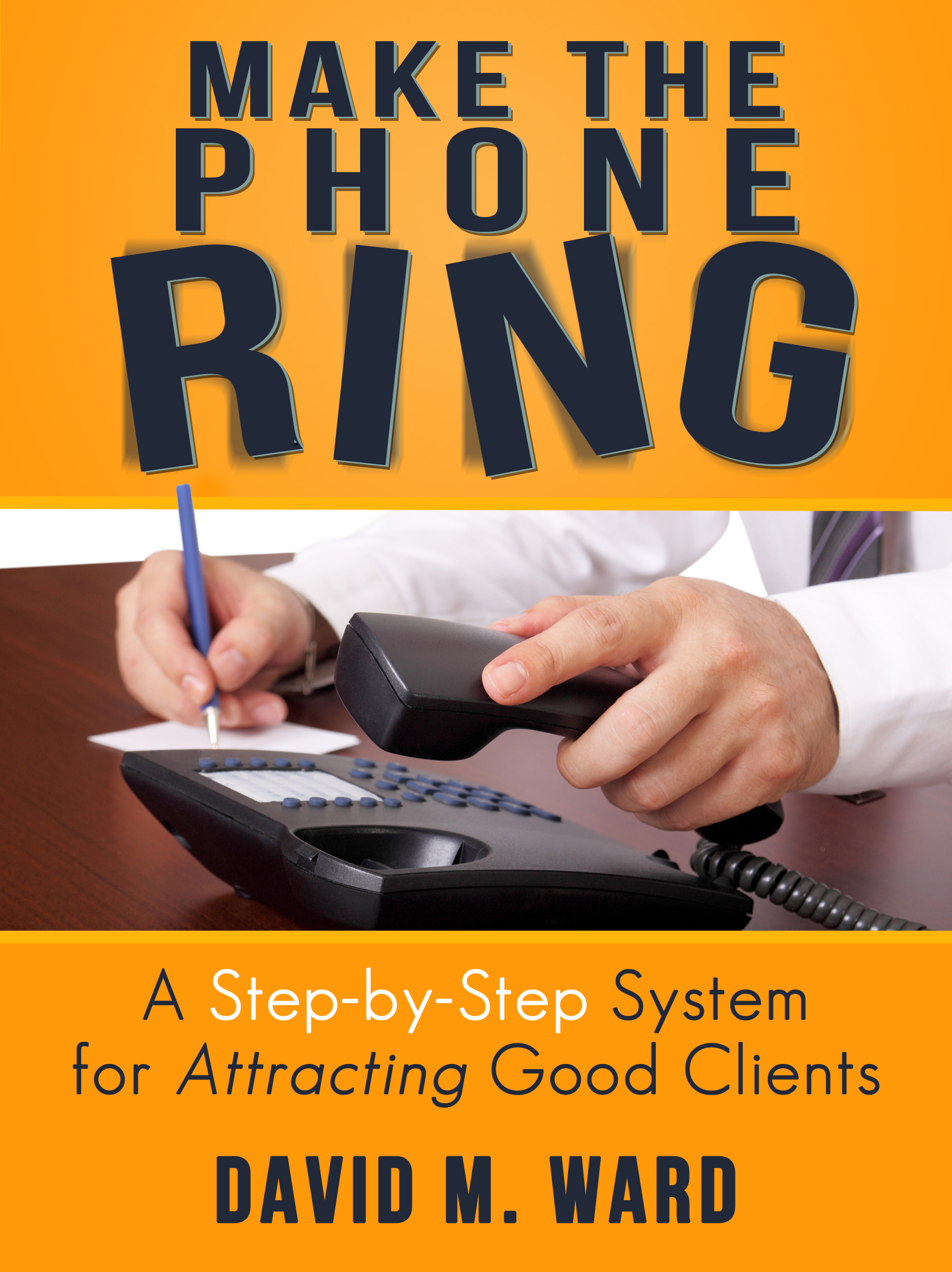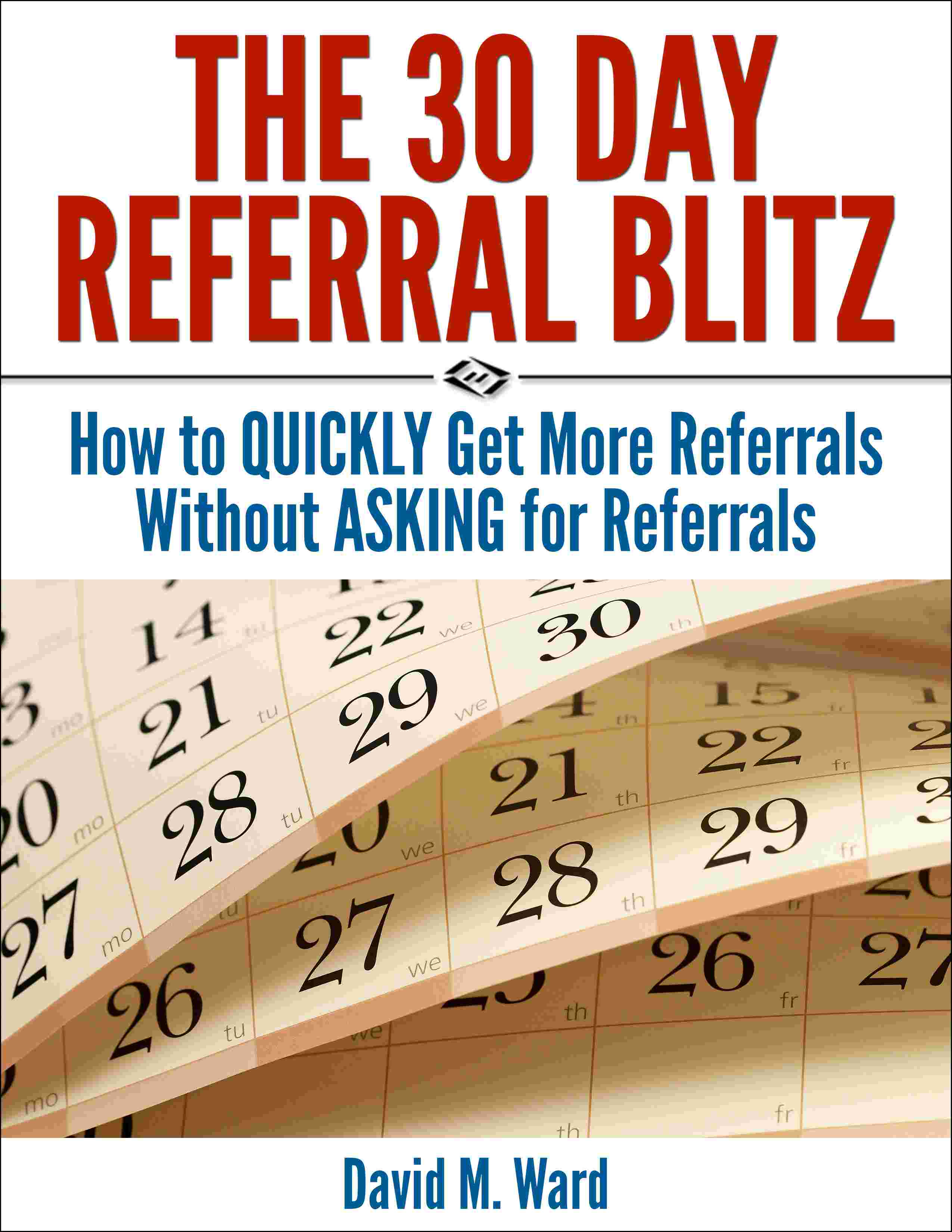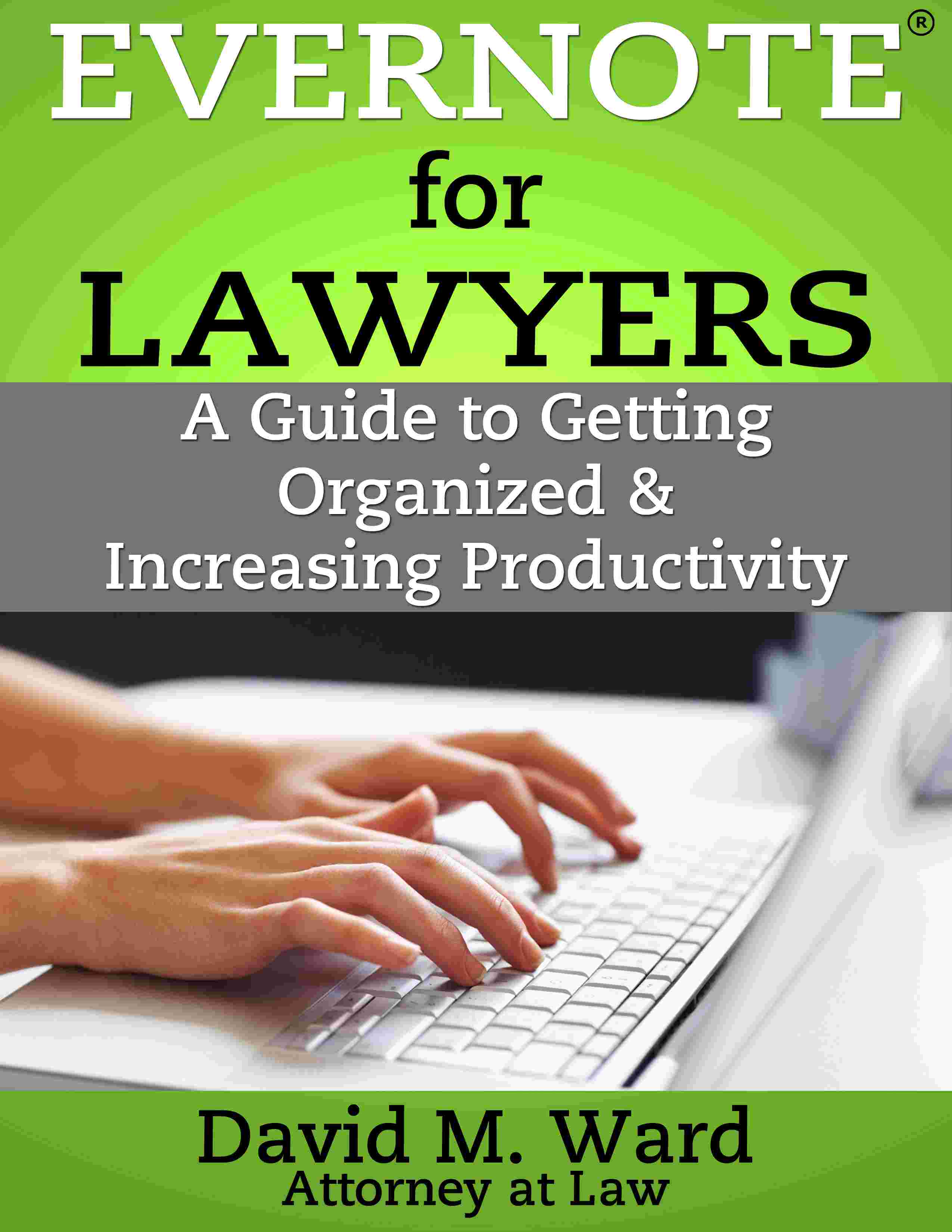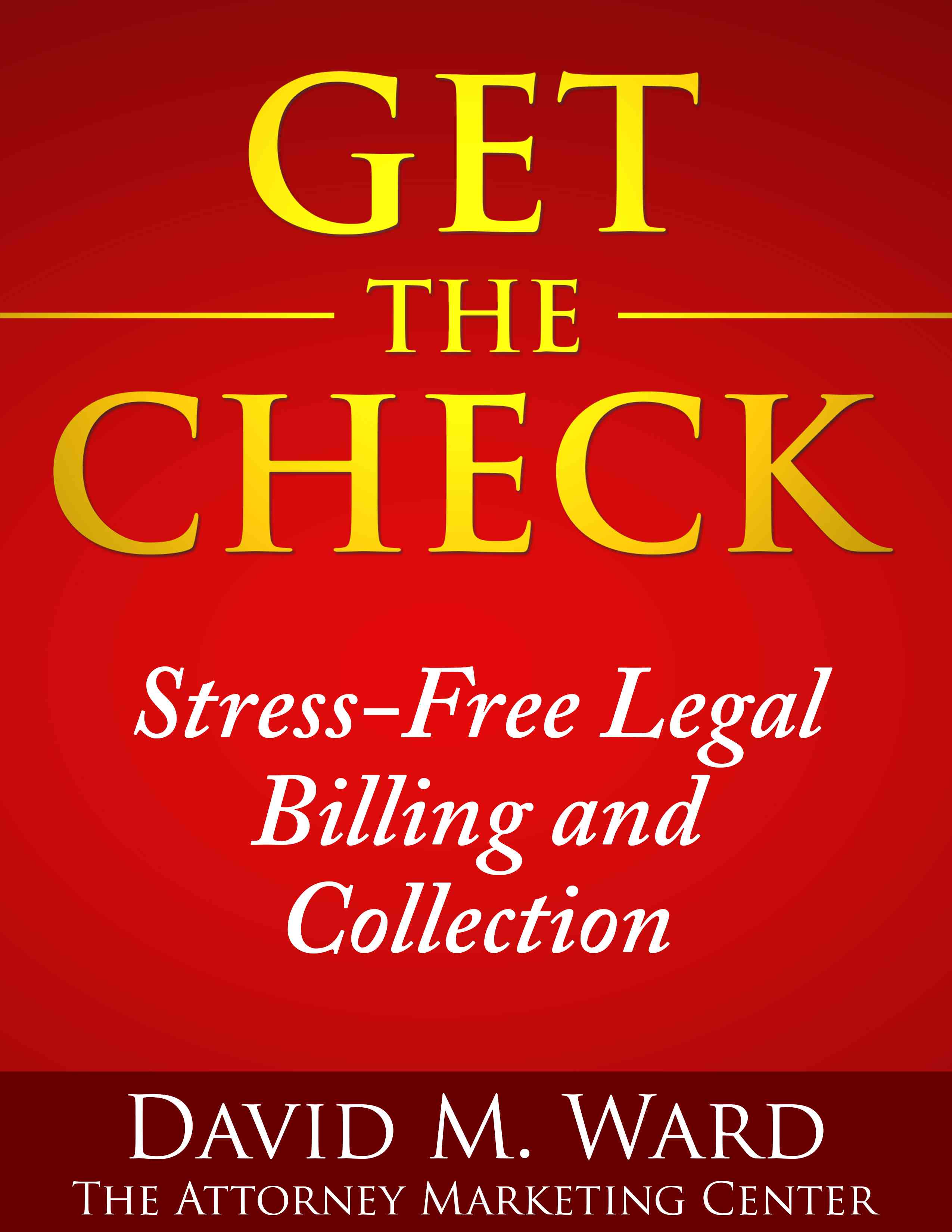How do you build a law practice you can one day own but no longer run? It starts with wrapping your mind around the concept that you don’t have to do everything yourself, or even closely supervise everything yourself.
You have to (eventually) delegate all of the work in your office.
If you don’t, you’ll never be able to walk away.
This is very difficult concept for many attorneys. We’re used to being in control. We thrive on micro-managing. Our egos fight against the notion that someone else can do what we do.
We also have a very difficult time dealing with the risk.
The truth is, your employees and outsourcers can get you in a lot of trouble. It is a very real risk. But that’s what errors and omissions insurance is for. That risk, and the insurance premiums we pay to minimize the potential damages therefrom, are a cost of doing business.
Building a business (law practice) is not about the elimination of risk. It’s about the intelligent management of risk. You do the best you can and if things go wrong, you deal with it and move on.
You can either live with this risk and the stress it might cause, or you cannot.
If you’re willing to take these risks, or you’re not sure if you can, dip your toes in the water. Delegate something and see what happens. Then delegate something else. Hire someone if you have to, but get someone else doing some of the things you now do.
The second thing you need to do to ready your practice for a walk-away future is create a detailed operations manual for your office. Everything you do should be memorialized, with forms and checklists and documentation of every process.
Pretend you are going to franchise your practice. Someone is going to open an office and do everything you do. They’re going to pay you to learn how to clone your systems, and then pay you a percentage of their revenue.
Make the effort to document your systems in enough detail that someone else could truly step into your shoes.
When you get this right, it will allow you to open a second office if you want to (or third or fourth). You’ll also have a valuable resource for hiring and training new staff or temps. And, if you’re ready, you can start reducing your work hours at the office. Eventually, you can tip-toe away to semi-retirement.
For more on delegating and creating systems, see The Attorney Marketing Formula

